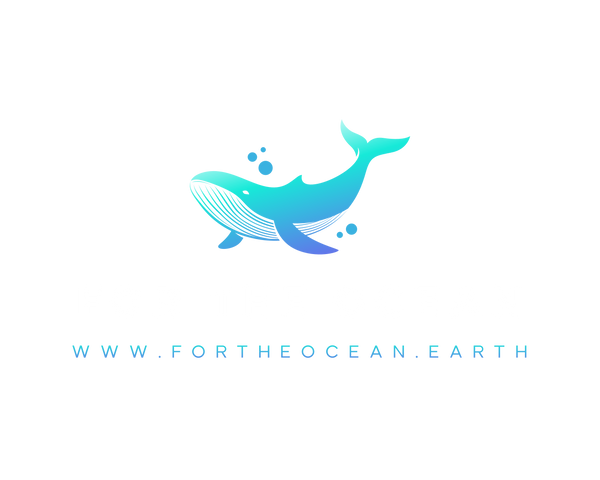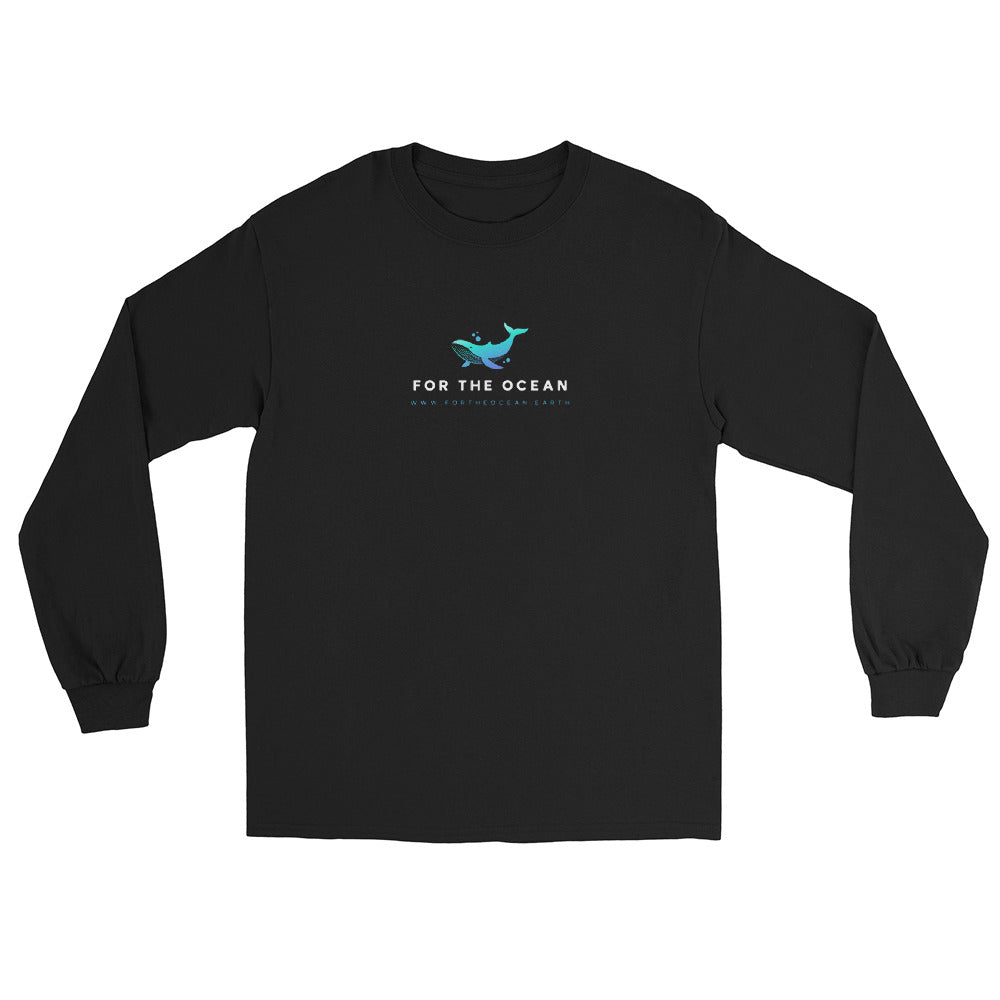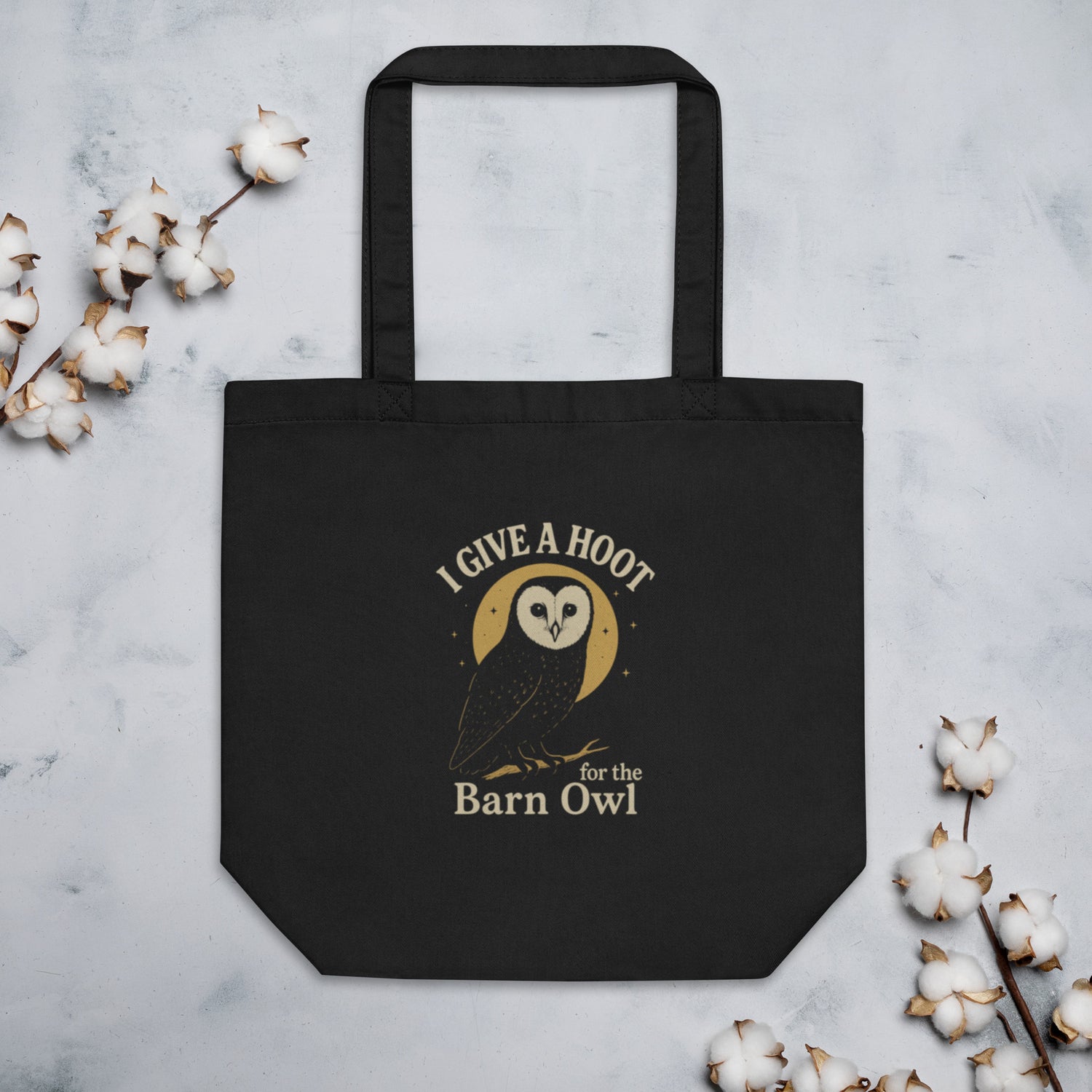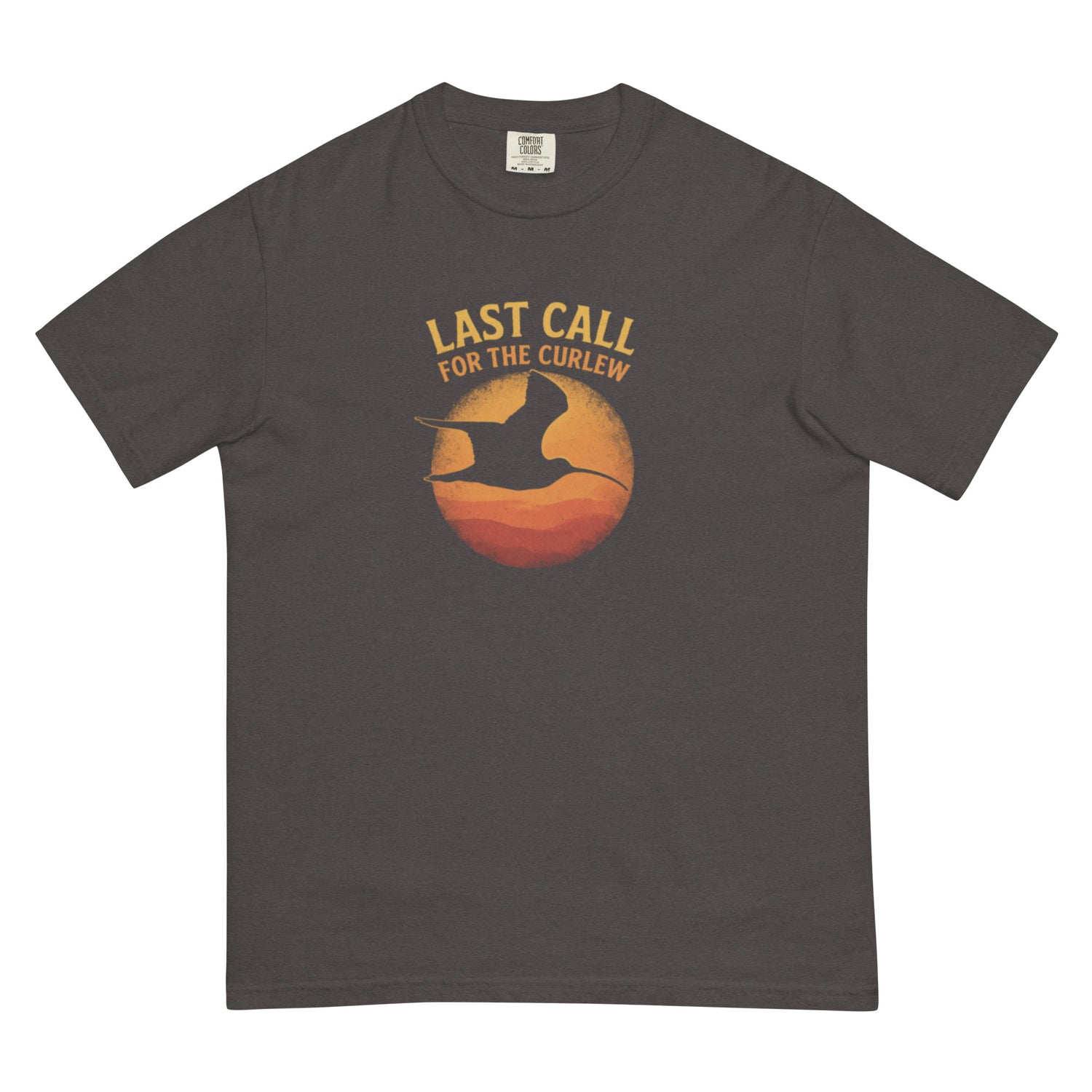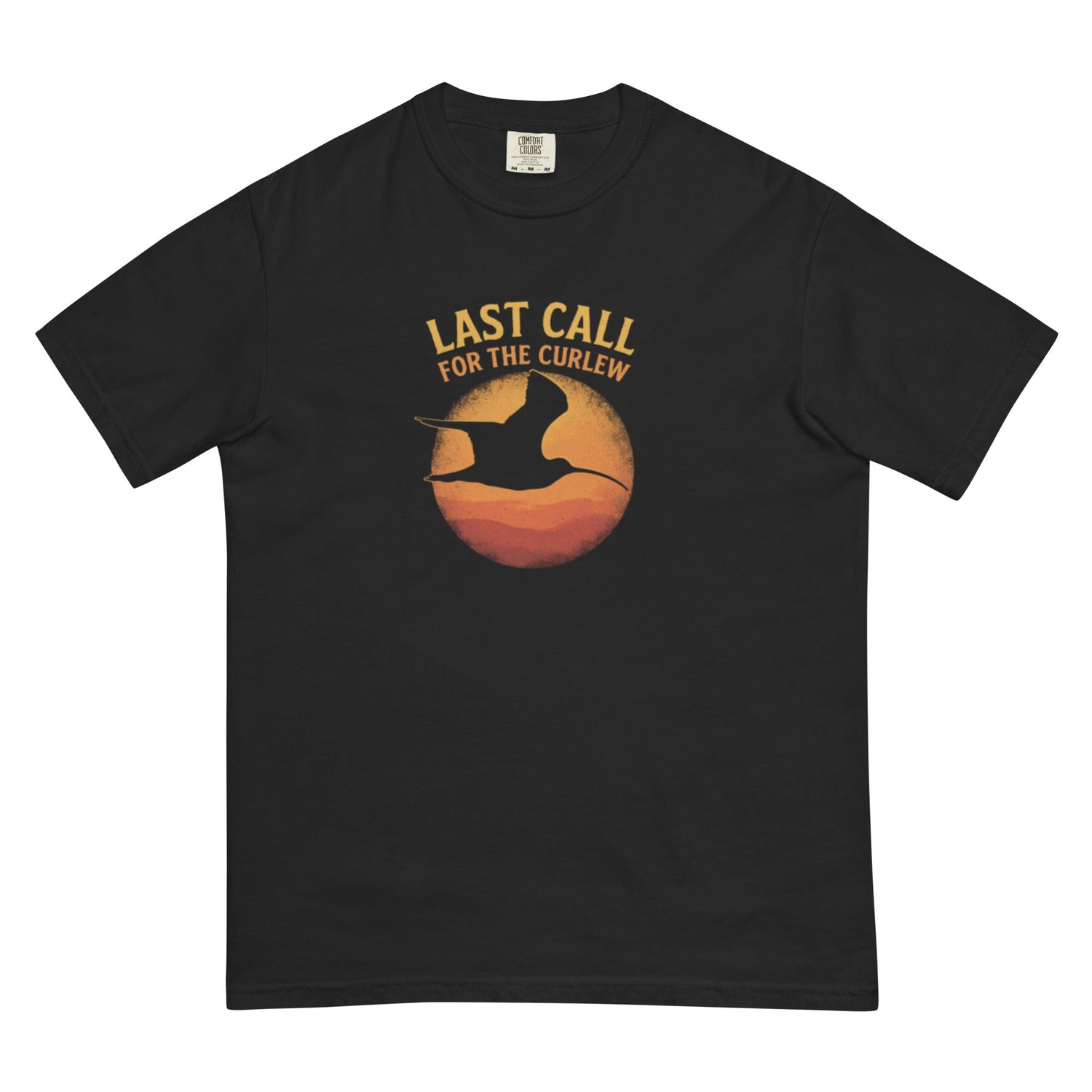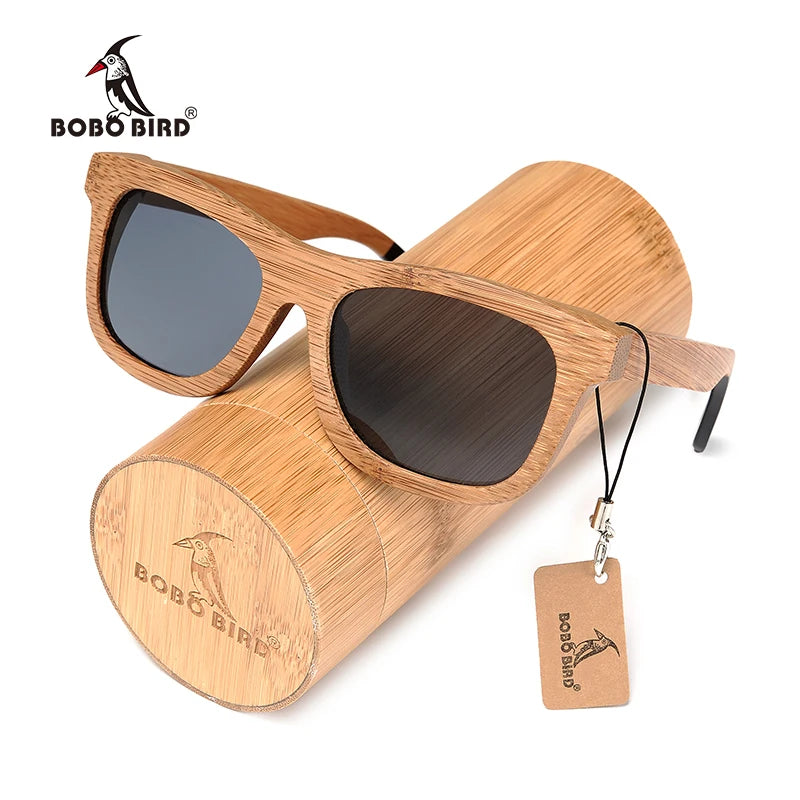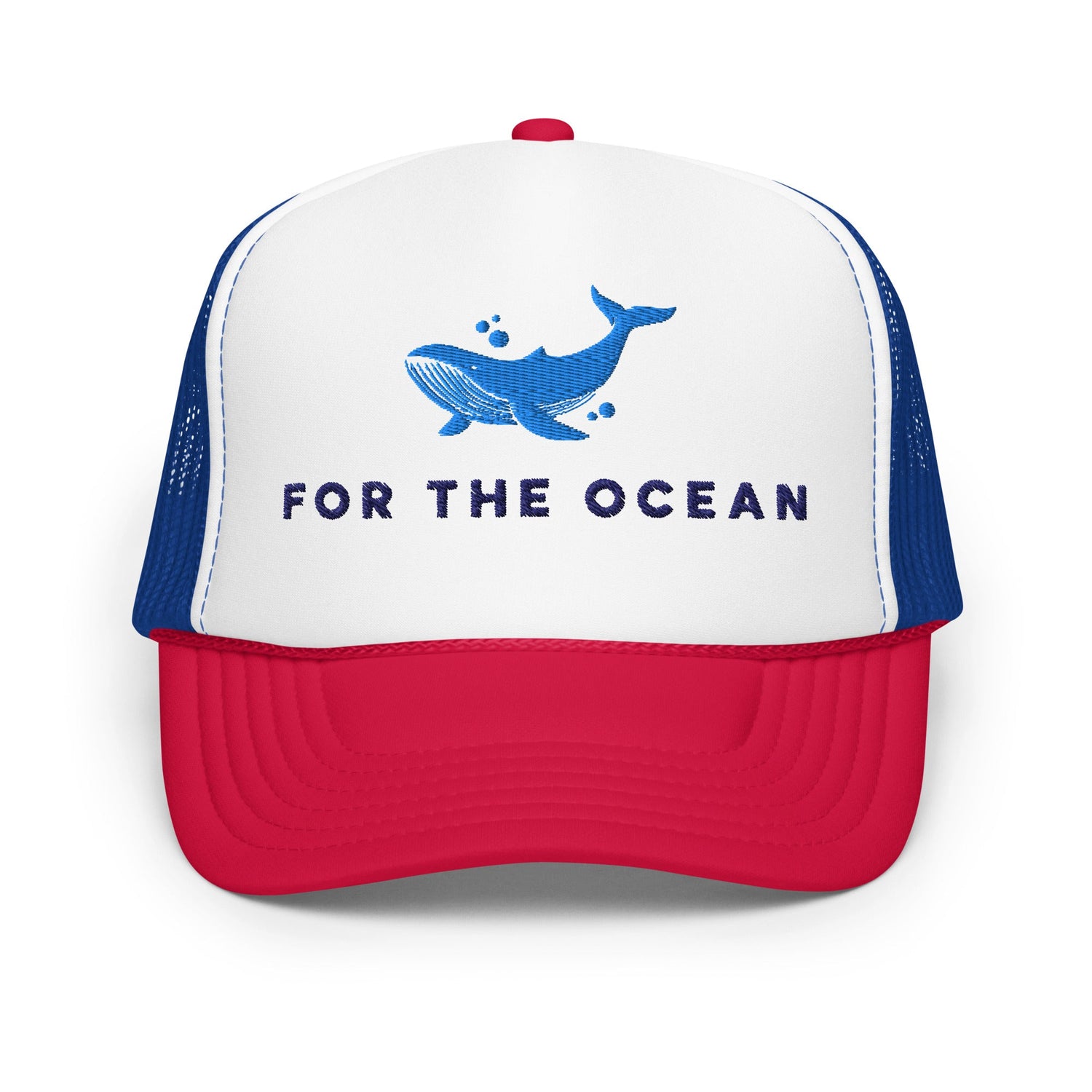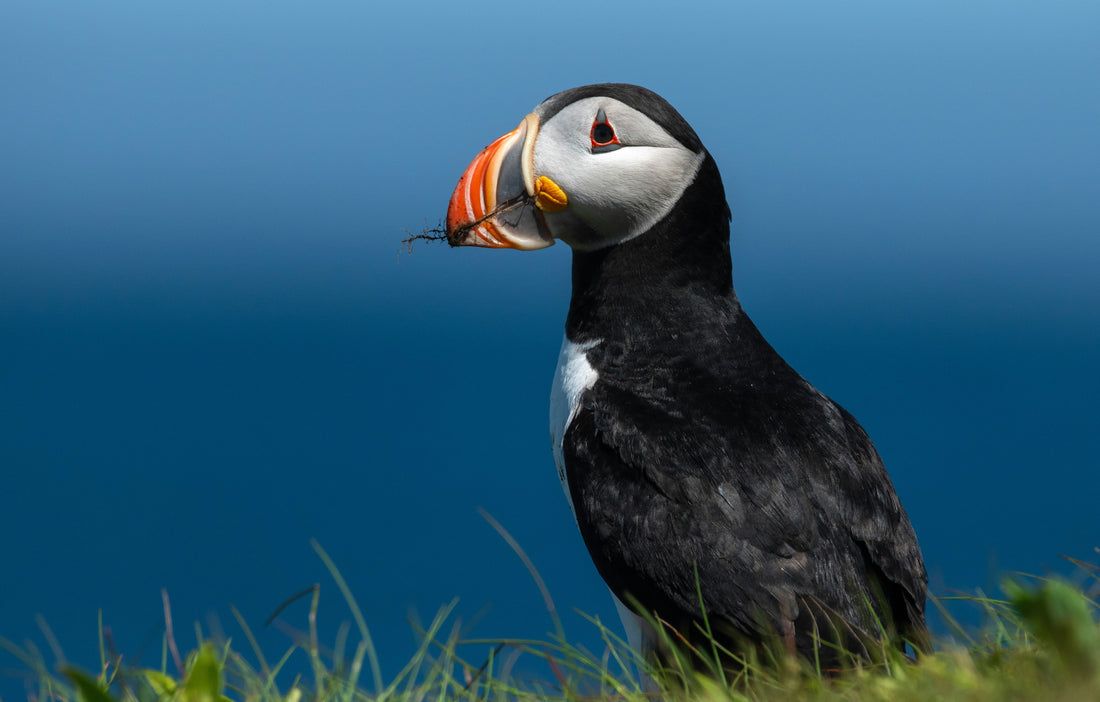
The Atlantic Puffin: Ireland’s Colourful Seafarer in Peril
Share
With its vibrant beak, penguin-like waddle, and soulful eyes, the Atlantic Puffin (Fratercula arctica) is perhaps Ireland’s most beloved seabird. Yet behind its charming appearance lies a story of struggle — one that calls for attention, action, and a collective effort to protect this iconic species.
Where Puffins Call Home
Ireland’s wild coastline is a haven for puffins, particularly from April to August, when they come ashore to breed. These birds favour steep cliffs and offshore islands, digging burrows in grassy slopes to lay a single egg.
Key puffin colonies in Ireland include:
Skellig Michael (Co. Kerry) – a UNESCO World Heritage Site
Great Saltee Island (Co. Wexford)
Clare Island (Co. Mayo)
Horn Head (Co. Donegal)
Outside the breeding season, puffins live a pelagic life, spending most of the year at sea, braving the North Atlantic’s fierce winds and waves.

How Many Puffins Are Left?
Ireland is home to an estimated 10,000–20,000 breeding pairs, though precise counts are difficult due to their remote nesting sites. Globally, the Atlantic Puffin population is thought to be declining sharply.
In 2015, the puffin was classified as "Vulnerable" on the IUCN Red List due to rapid population declines in key parts of its range — including Iceland, Norway, and parts of the UK. Ireland’s populations are relatively stable for now, but they're still at risk.
What’s Threatening Our Puffins?
Puffins are facing a perfect storm of environmental pressures:
Climate Change: Warmer waters disrupt fish populations, especially sand eels — the puffin’s primary food during breeding season.
Overfishing: Industrial fishing reduces the availability of small fish.
Pollution: Oil spills, plastic waste, and chemical runoff all threaten marine food webs.
Invasive Predators: Rats, cats, and mink introduced to puffin islands can devastate nesting colonies.
Disturbance from Tourism: While puffin watching can be educational, too much foot traffic and noise near breeding sites can cause stress and abandonment of nests.

How Can We Protect Puffins?
There are a number of conservation strategies that can help safeguard puffins for generations to come:
Protect breeding sites by designating marine and coastal reserves.
Ban or limit overfishing near puffin colonies, especially of sand eels.
Restore habitats and remove invasive species from key nesting islands.
Support climate action to reduce ocean warming and acidification.
In Ireland, organisations like BirdWatch Ireland, the Irish Wildlife Trust, and An Taisce are actively involved in seabird protection and public education.

Photo by Evon Holladay on Unsplash
How You Can Help – One Person, Big Difference
You don’t need to be a marine biologist to make a real impact. Here’s how you can help:
🧺 Join a Beach Clean: Puffins often mistake small plastic pieces for food. Removing litter from beaches helps their entire ecosystem.
🐟 Choose Sustainable Seafood: Look for eco-certified products to avoid supporting overfishing.
📸 Practice Responsible Wildlife Tourism: If you visit puffin colonies, keep your distance, avoid loud noises, and follow local guidelines.
🪧 Support Conservation Groups: Donate, volunteer, or even just share their work online.
⚡ Reduce Your Carbon Footprint: Cycle, walk, switch to renewable energy, and reduce single-use plastics — all of these help marine life in the long term.
🪺 Educate Others: Share the puffin’s story with friends, schools, and your community.

Photo by Greg Johnson on Unsplash
A Symbol of What We Can Save
The Atlantic Puffin is more than a pretty face — it’s a symbol of the wild, unspoiled beauty of Ireland’s seas. Protecting them means protecting a fragile but wondrous web of life that connects land, ocean, and sky.
If we act together now, we can ensure that future generations of children — and puffins — will still meet each other on the cliffs of Ireland.
